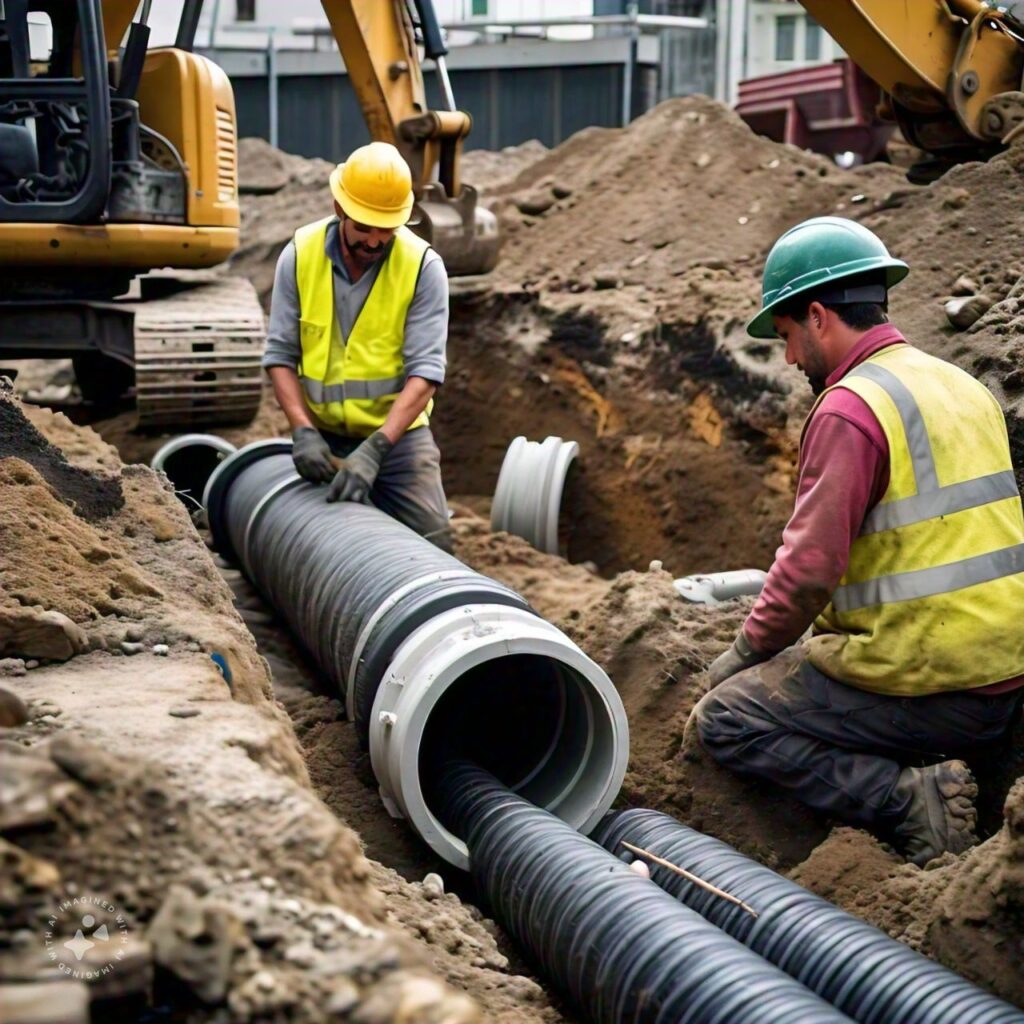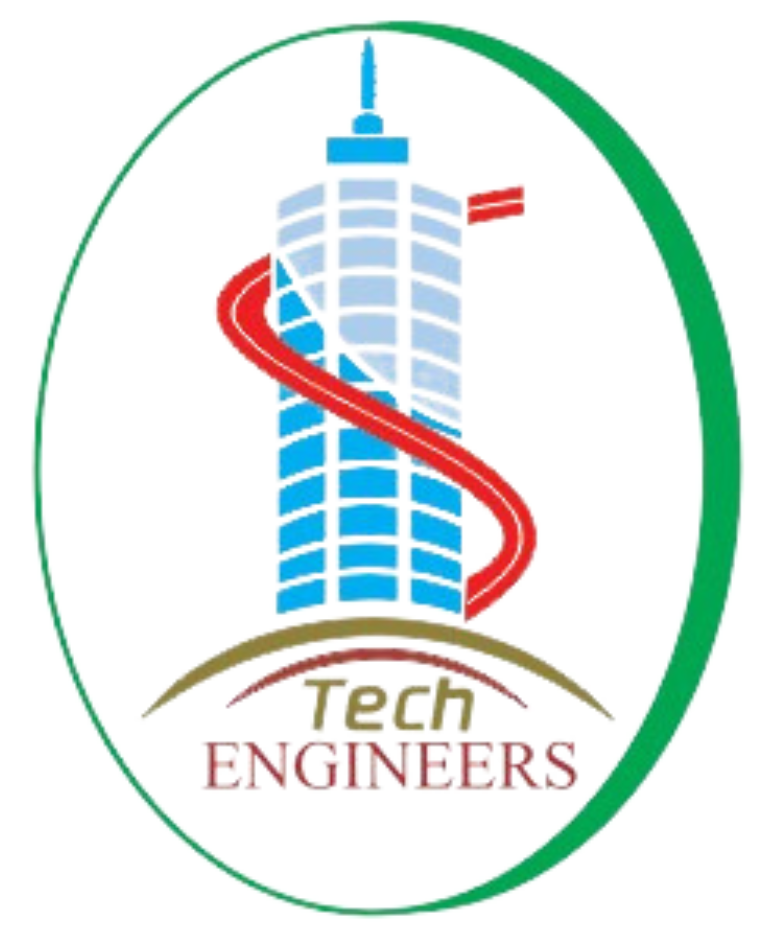Introduction:
In the realm of infrastructure development, the installation and laying of underground utilities play a crucial role in ensuring the functionality and efficiency of various systems. From water and sewage pipes to electrical conduits and telecommunications cables, Intallation and Laying of Underground Utilities form the lifelines of modern urban environments. In this comprehensive guide, we delve into the intricacies of this vital process, uncovering the techniques, challenges, and benefits associated with the installation and laying of underground utilities.
Understanding the Importance of Underground Utilities:
Before delving into the technical aspects, it’s essential to grasp the significance of underground utilities. Unlike their above-ground counterparts, underground utilities offer several advantages, including enhanced safety, protection from environmental elements, and aesthetic appeal. Additionally, burying utilities underground minimizes disruption to surface activities and reduces the risk of damage from external factors such as weather events and vehicular accidents.
Key Considerations in the Planning Phase:
Successful installation and laying of underground utilities begin with meticulous planning. This phase involves comprehensive surveys to identify existing underground infrastructure, assess soil conditions, and determine optimal routes for utility placement. Factors such as utility depth, clearance requirements, and future accessibility must be carefully considered to ensure long-term functionality and ease of maintenance.
Selecting the Right Materials and Techniques:
The choice of materials and installation techniques significantly influences the durability and performance of underground utilities. Common materials include PVC, HDPE, and ductile iron for pipes, while options like fiberglass and concrete are utilized for conduits and chambers. Factors such as soil type, corrosive environments, and anticipated loads dictate the selection of materials, with emphasis placed on durability, longevity, and cost-effectiveness.
Navigating Challenges and Mitigating Risks:
Despite meticulous planning, the Intallation and Laying of Underground Utilities presents various challenges and risks. These may include encountering unexpected obstacles such as rock formations or existing infrastructure, as well as navigating through densely populated urban areas with limited space and accessibility. Effective risk management strategies, including contingency planning and stakeholder communication, are essential to mitigate potential disruptions and delays.
Ensuring Compliance with Regulations and Standards:
Adherence to regulatory requirements and industry standards is paramount throughout the installation process. This entails obtaining necessary permits and approvals, adhering to local building codes and zoning regulations, and complying with environmental and safety guidelines. Failure to meet regulatory standards not only poses legal risks but may also compromise the integrity and functionality of underground utilities.
The Role of Technology in Streamlining Operations:
Advancements in technology have revolutionized the installation and laying of underground utilities, offering innovative solutions to enhance efficiency and accuracy. Ground-penetrating radar (GPR), GIS mapping, and advanced surveying equipment enable precise utility location and mapping, minimizing the likelihood of errors and conflicts during construction. Additionally, techniques such as trenchless technology, including horizontal directional drilling (HDD) and microtunneling, offer less invasive alternatives to traditional excavation methods, reducing surface disruption and environmental impact.
Conclusion:
In conclusion, the installation and laying of underground utilities represent a complex yet essential aspect of infrastructure development. By employing strategic planning, selecting appropriate materials and techniques, and leveraging technological advancements, stakeholders can ensure the successful implementation of underground utility projects. As urbanization continues to accelerate and infrastructure demands grow, the importance of efficient and sustainable underground utility systems cannot be overstated, underscoring the need for continued innovation and collaboration in this critical field.

